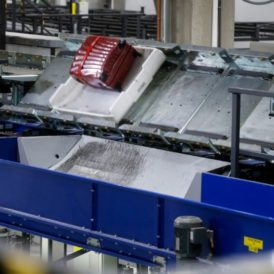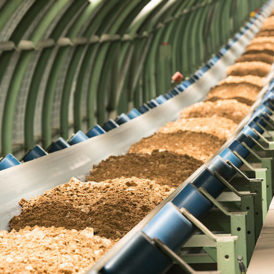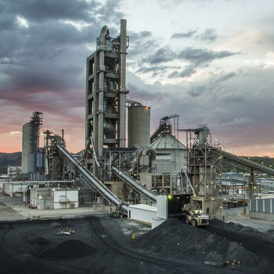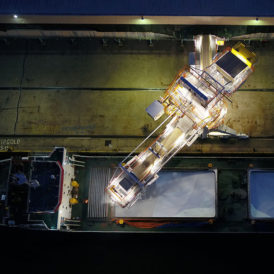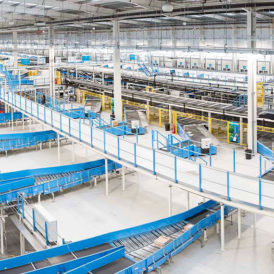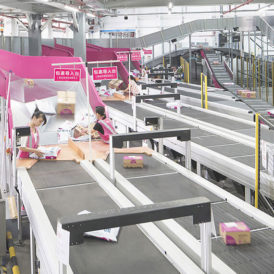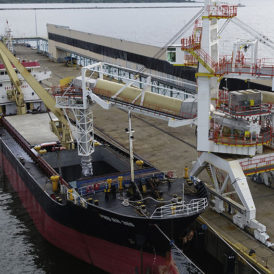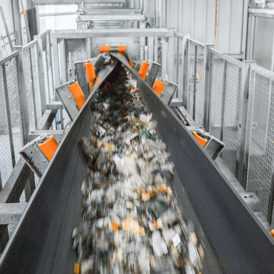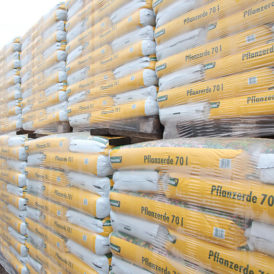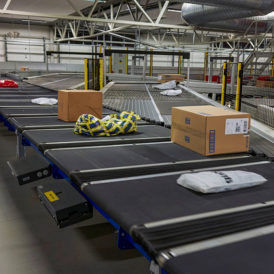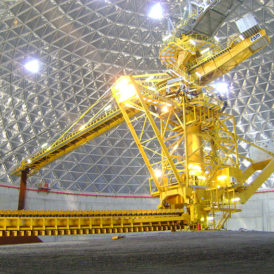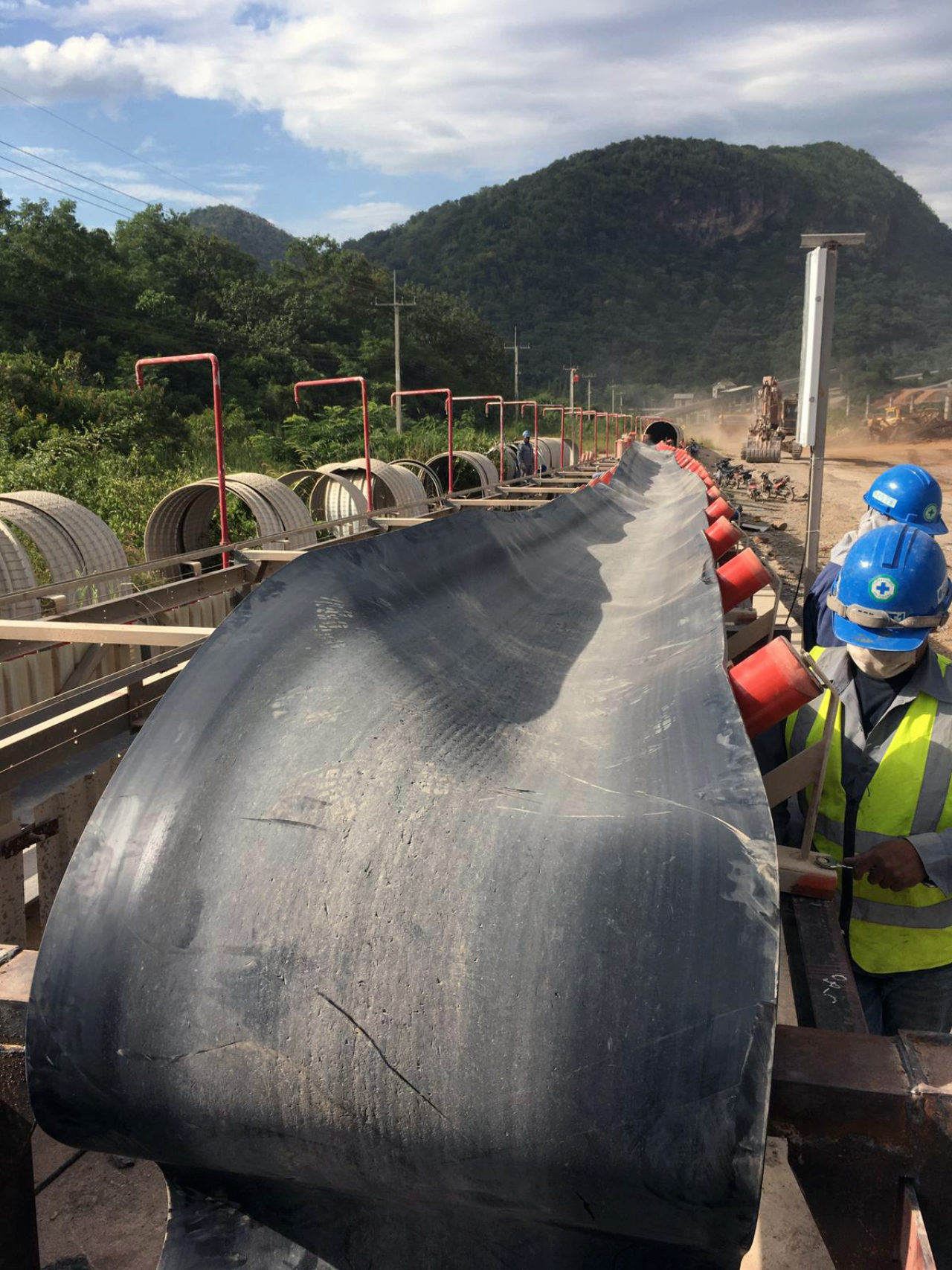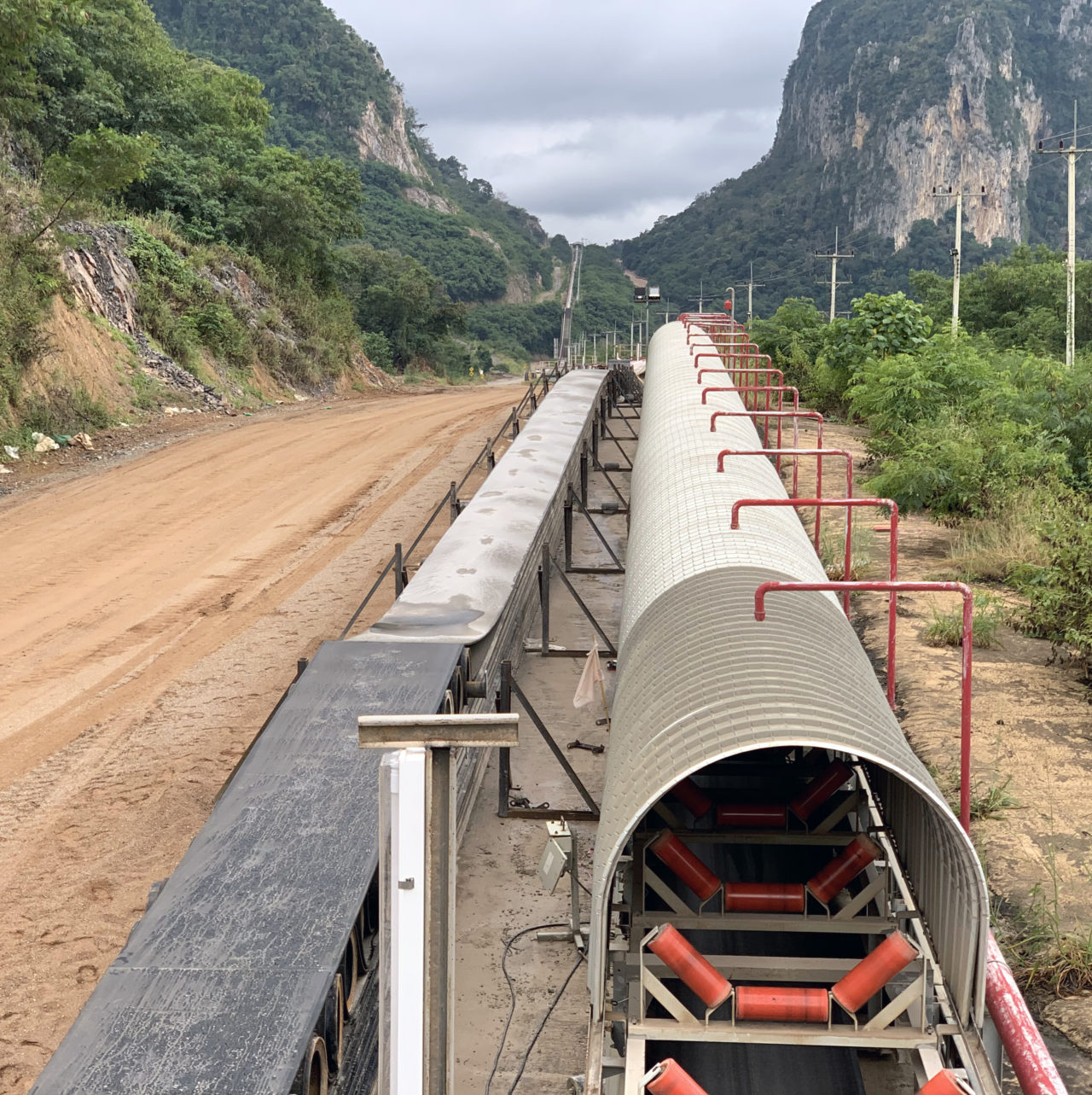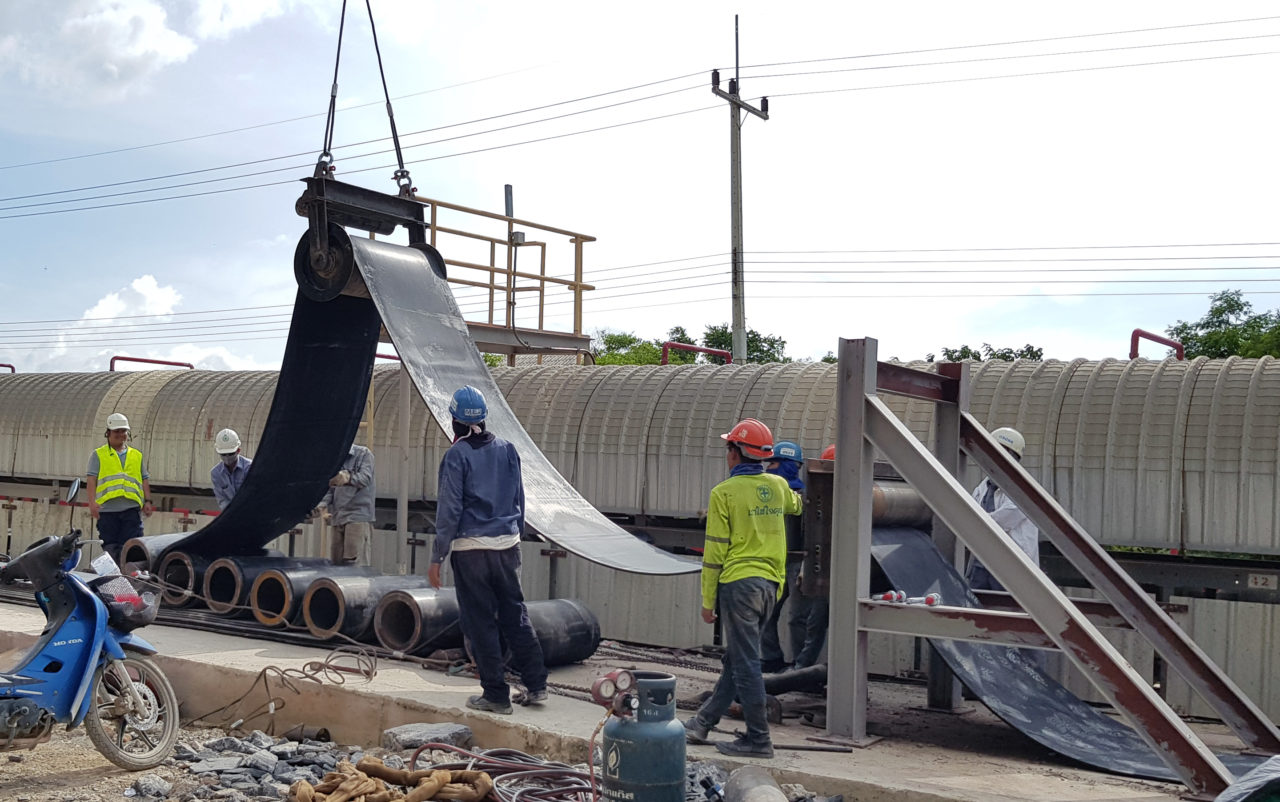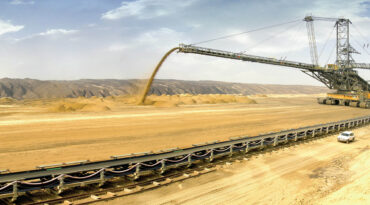MAXIMISING UPTIME: HOW TO REPLACE A CONVEYOR BELT IN ONE MOVE
The conventional method for replacing a conveyor belt is to change the sections one by one because it spreads out the periods of downtime and minimises impact on workflows. This seems sensible, particularly on large overland conveyors that transport materials over long distances and difficult terrain where accessibility may be a challenge. But cumulatively those stoppages add up to significant lost production time, however well-planned your maintenance regime. So, is it possible to gain a competitive advantage by changing the entire belt in one go?
